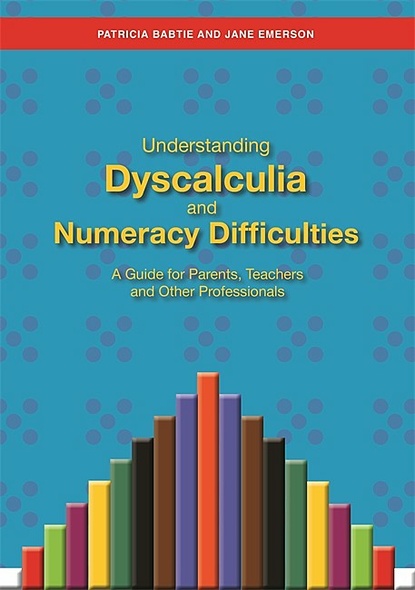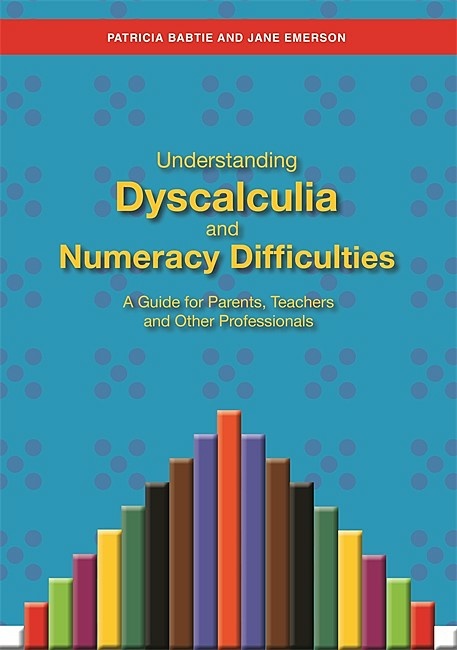Understanding Dyscalculia and Numeracy Difficulties
A Guide for Parents, Teachers and Other Professionals
Dyscalculia is a specific learning difficulty that affects the acquisition of numerical skills. A far larger number of pupils, while not dyscalculic, fail to acquire the basic numerical skills required for everyday life.
Whatever the cause of poor numeracy it is essential that these difficulties are identified and addressed. This book looks at how adults can help identify each child's specific areas of difficulty and describes a multi-sensory approach that can be adapted for the needs of each student to help them better understand numbers and apply that understanding to solve problems. It covers the origins of number sense and how the brain deals with numbers, assessment, planning intervention, what to teach and how to teach it, and how parents can help their children.
This straightforward guide will be essential reading for any parent, teacher or education professional working with a child with dyscalculia or numeracy difficulties.





